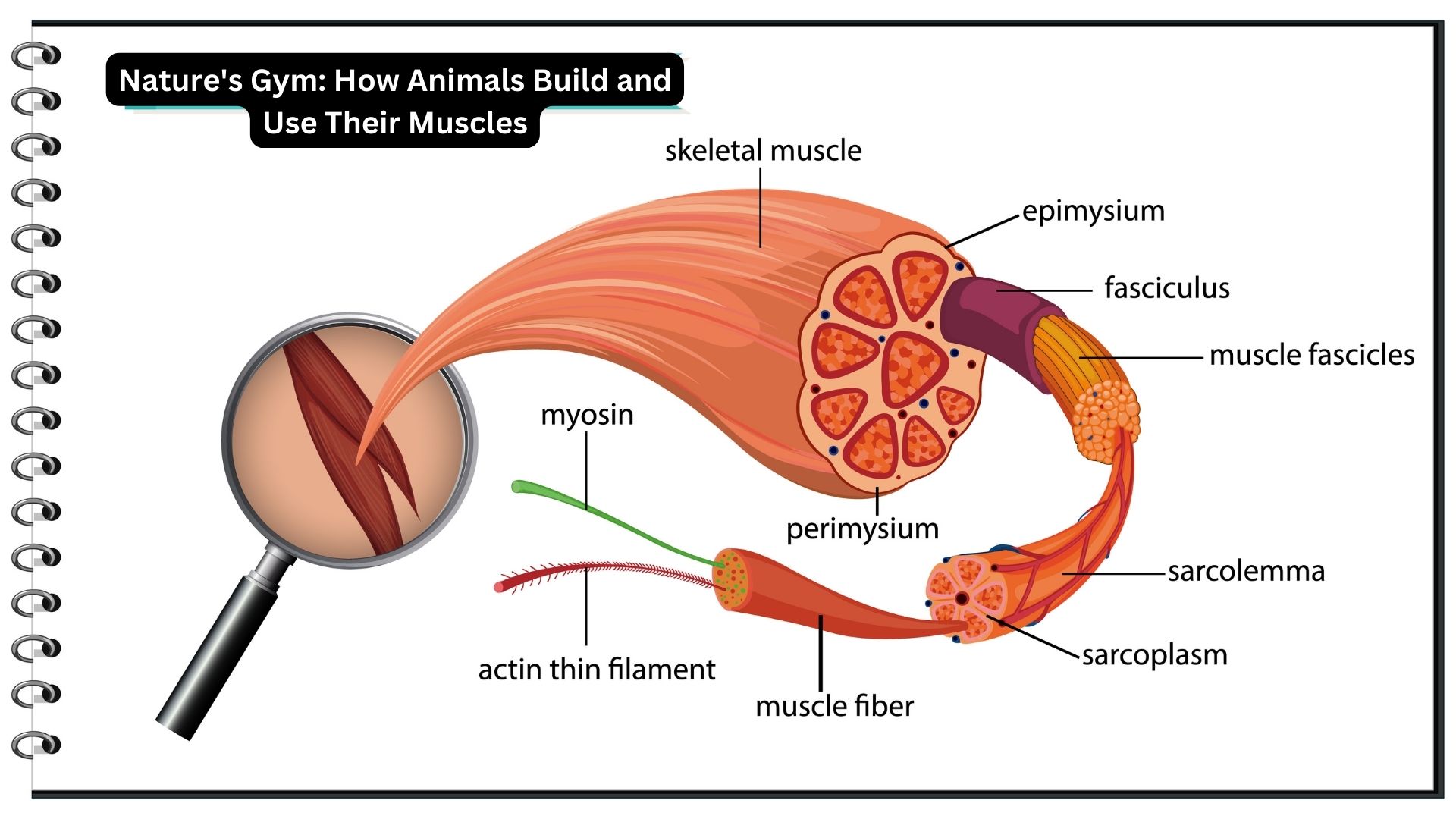The topic of the top 10 most deadly animals on Earth is a fascinating and often chilling exploration of the natural world’s darker side. It serves as a stark reminder of the incredible diversity of life on our planet, where some creatures have evolved to possess lethal attributes that can pose a significant threat to humans.
From the notorious box jellyfish with its venomous tentacles to the saltwater crocodile, a stealthy hunter with a bone-crushing bite, these animals represent nature’s mastery of survival and predation. Even seemingly gentle giants like the African elephant can become deadly when cornered, showcasing the unpredictability of wildlife.
The inclusion of the pufferfish, with its deceptively cute appearance and deadly toxin, underscores the idea that danger often lurks where we least expect it. The inland taipan, known as the “fierce snake,” lives up to its name with venom that can claim a life within minutes, while the Cape Coast Deathstalker Scorpion reminds us that even small creatures can wield deadly venom. The Stonefish, concealed in the ocean’s depths, reinforces the idea that danger often lies hidden in plain sight.
Meanwhile, the mosquito, a tiny but formidable foe, tops the list for its ability to transmit deadly diseases to millions worldwide. Finally, the Cape buffalo, aptly named the “Black Death,” serves as a reminder that some herbivores can be as lethal as apex predators. In essence, the top 10 most deadly animals on Earth provide a gripping narrative of survival, adaptation, and the delicate balance of life and death in the natural world, highlighting the importance of respecting and preserving these awe-inspiring but potentially perilous creatures.
Table of Contents
1. Box Jellyfish (Chironex fleckeri)
At the top of our list is the box jellyfish, often referred to as the world’s most venomous creature. Found in the waters of Australia’s northern coastline, this translucent, bell-shaped predator packs a potent punch with its tentacles, armed with nematocysts that inject a venom capable of causing heart failure and paralysis.
2. Saltwater Crocodile (Crocodylus porosus)
Australia takes another spot on our list with the saltwater crocodile, the largest living reptile on Earth. These apex predators can grow up to 23 feet in length and have a jaw pressure that can crush bones. Their ambush tactics and lightning-fast strikes make them one of the deadliest hunters in the animal kingdom.
3. African Elephant (Loxodonta africana)
Surprisingly, the gentle giants of the savannah, African elephants, earn a spot due to their enormous size and immense strength. Although generally peaceful, they can become highly aggressive when threatened, causing fatal injuries with their massive tusks.
4. Cape Buffalo (Syncerus caffer)
Known as the “Black Death” in Africa, the Cape buffalo is responsible for more fatalities on the continent than any other large animal. These herbivores are deceptively fast and powerful, with a tendency to charge when provoked.
5. Pufferfish (Tetraodontidae)
The pufferfish, with its charming appearance, harbors a deadly secret. It contains tetrodotoxin, a potent neurotoxin that can paralyze and kill within hours if consumed. Yet, despite the risks, it remains a delicacy in some parts of the world.
6. Inland Taipan (Oxyuranus microlepidotus)
Known as the “fierce snake,” the inland taipan is the most venomous snake on Earth. Its venom is highly toxic, capable of killing an adult human within 45 minutes. Fortunately, this reclusive serpent rarely encounters humans.
7. Cone Snail (Conus spp.)
The cone snail may seem harmless, but its harpoon-like tooth conceals a deadly cocktail of toxins. These slow-moving marine snails have caused numerous fatalities, as there is no antivenom available for their stings.
8. Mosquito (Anopheles spp.)
Responsible for transmitting diseases like malaria and Zika virus, mosquitoes are the deadliest animals in terms of human casualties. Their ability to carry and transmit diseases makes them a global threat.
9. Cape Coast Deathstalker Scorpion (Leiurus quinquestriatus)
This small scorpion packs a lethal punch with its venom, which can cause extreme pain and, in some cases, death. It’s found in North Africa and the Middle East and is responsible for numerous fatalities each year.
10. Stonefish (Synanceia spp.)
Hidden among the ocean’s rocks and coral reefs, the stonefish is the world’s most venomous fish. Stepping on one can lead to excruciating pain and, if left untreated, even death.
Deadly Animals
In the intricate tapestry of life on our planet, there exist a multitude of creatures, each with its unique attributes and capabilities. Some of these animals, however, possess the power to instill fear and awe in humans due to their deadly nature. These animals, whether through razor-sharp teeth, venomous fangs, or sheer size and strength, remind us of the untamed wilderness that still exists on Earth.
From the silent and lurking presence of the saltwater crocodile, ready to strike with unimaginable force, to the seemingly benign appearance of the pufferfish, concealing a lethal toxin within its delicate frame, these creatures serve as a reminder of nature’s unpredictability. While many of these animals are feared for their potential to harm us, it is crucial to remember that they are an integral part of our planet’s ecosystems, contributing to the delicate balance of life.
Understanding and respecting their place in the natural world is essential to coexisting peacefully with these awe-inspiring but deadly denizens of the wild.
Most Deadly Animals on Earth
In the grand tapestry of life on our planet, there exists a diverse and intriguing cast of creatures, some of which possess the extraordinary ability to inflict harm, and in some cases, even death upon humans. These animals, through millennia of evolution, have developed an arsenal of deadly attributes that enable them to survive and thrive in their respective environments.
From the oceans to the savannahs, and the dense forests to the deserts, nature has forged these animals into formidable predators or potent threats. Each of them, whether through venomous stingers, crushing jaws, or sheer size and strength, commands respect and caution when encountered.
However, it’s important to note that these deadly creatures, while often feared, play integral roles in maintaining the delicate balance of ecosystems. The study and understanding of these animals not only unveil the wonders of nature but also emphasize the importance of coexisting with the wild, respecting its inhabitants, and preserving their habitats for future generations to marvel at and learn from.
Thank you, if you liked this information of mine then do give feedback. Your feedback will motivate me further so that I can give you more information.
Here is the some FAQs:
- Q: How dangerous are box jellyfish? Box jellyfish are incredibly dangerous, with venom that can be lethal to humans.
- Q: Are African elephants aggressive by nature? African elephants are generally peaceful, but they can become highly aggressive when threatened.
- Q: Can you survive a Cape buffalo charge? Surviving a Cape buffalo charge is extremely difficult, as they are powerful and relentless.
- Q: How does the stonefish deliver venom? The stonefish has venomous spines on its dorsal fin, and it delivers venom when stepped on.
- Q: Are there any effective treatments for cone snail stings? Currently, there is no antivenom available for cone snail stings, making prevention the best approach to stay safe.




